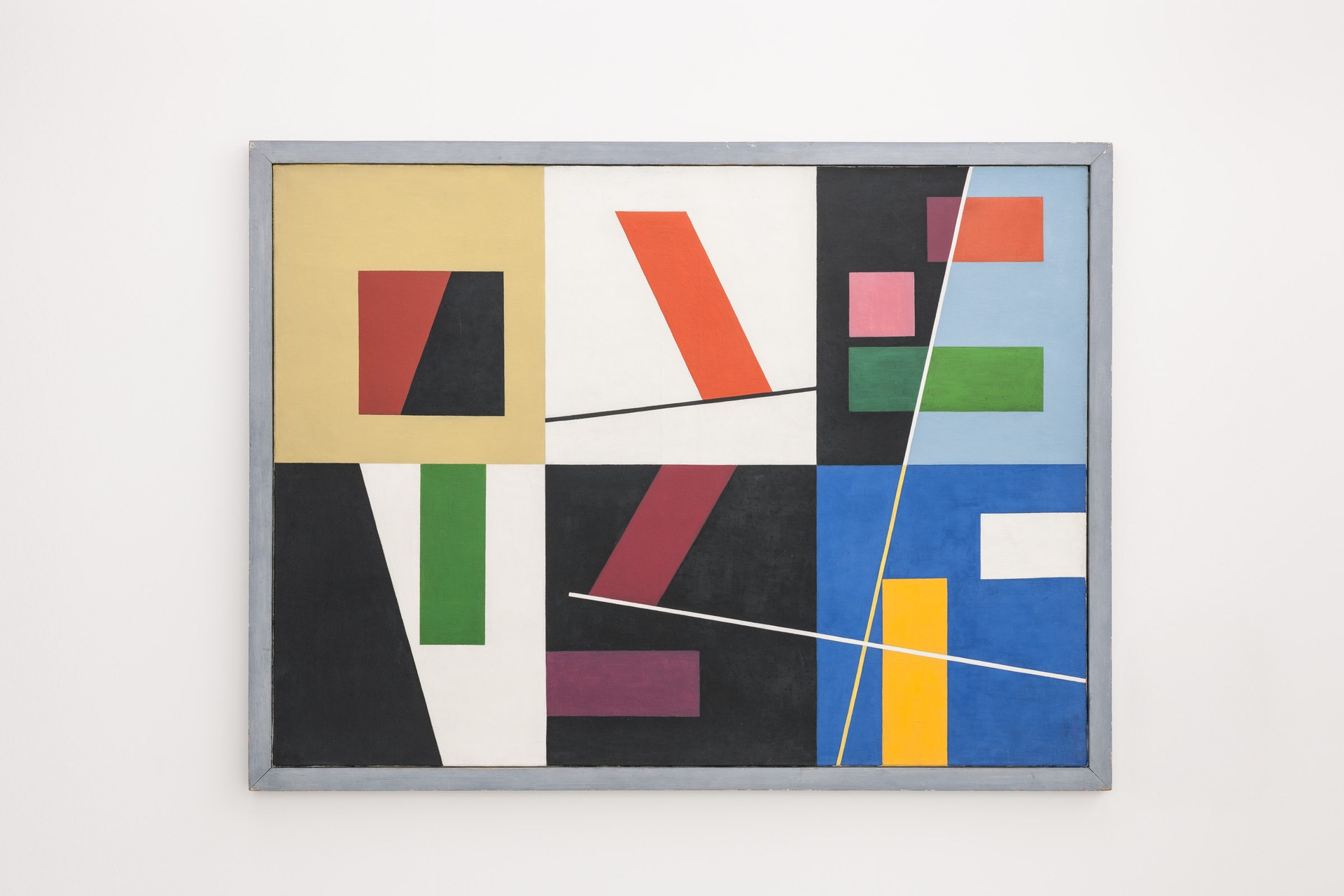
Swiss Concrete Art
„Die Zürcher Schule der Konkreten“ (The Zurich School of Concretists) was derived from the „Kunstgewerbeschule Zürich“ (The School of Arts and Crafts in Zurich) in the 1930’s.
The artist group consisted of Max Bill, Richard Paul Lohse, Camille Graeser and Verena Loewensberg who formed the core of the group. Further members were: Hans Coray, Johannes Itten, Leo Leuppi, Anton Stankowski, Carlo Vivarelli and André Evard. Notable inspiration was drawn from artists like Wassily Kandinsky and Paul Klee as well as the Bauhaus.
To explain the goals of the artform Max Bill wrote:
“concrete art” we call those works of art that have been created on the basis of their very own means and laws – without external reference to natural phenomena or their transformation, i.e. not through abstraction. Concrete art is independent in its own way. It is the expression of the human spirit, intended for the human mind, and it is of that sharpness, clarity and perfection that must be expected from works of the human spirit. Concrete painting and sculpture is the creation of optically perceptible things. Its means of creation are colour, space, light and movement (…) Concrete art is in its last consequence the pure expression of harmonic measure and law. It orders systems and gives life to these orders with artistic means (…) it strives for the universal and yet cultivates the unique. It pushes back the individualistic, in favour of the individual.
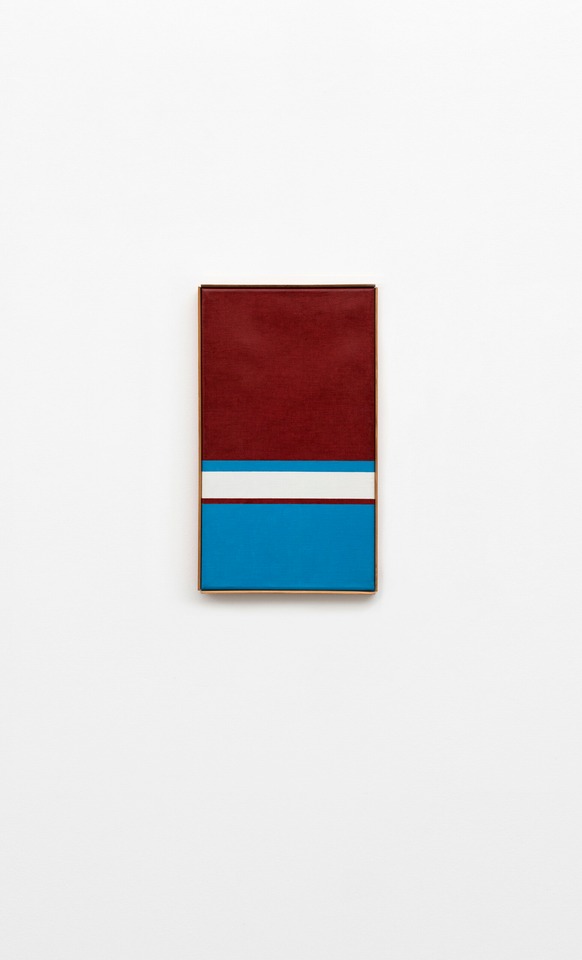
Camille Graeser
Polarisation II, 1959
Oil on canvas
56 x 32 cm
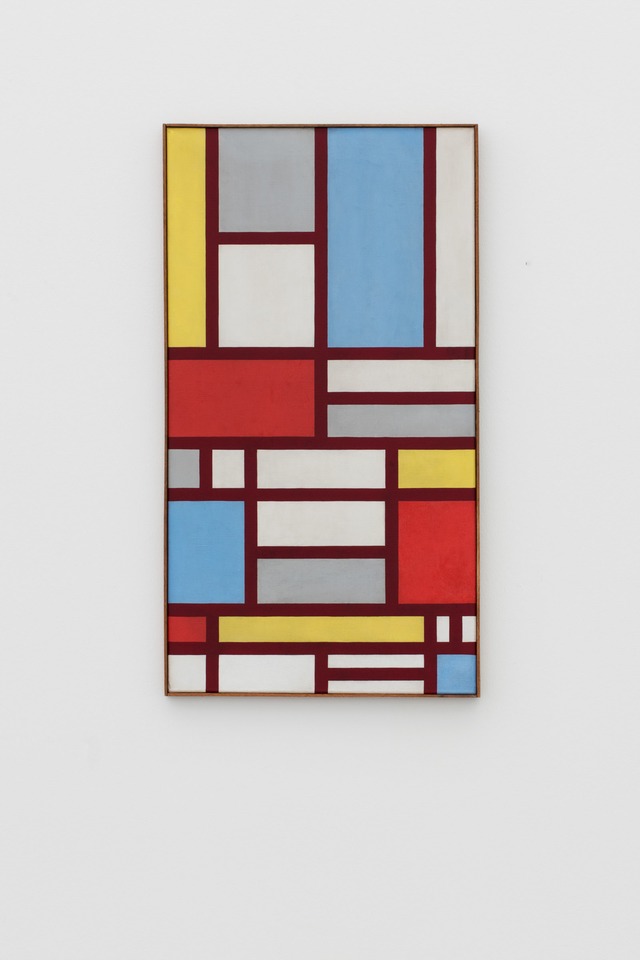
Verena Loewensberg
Untitled, 1947
Oil on canvas
88 x 48 cm
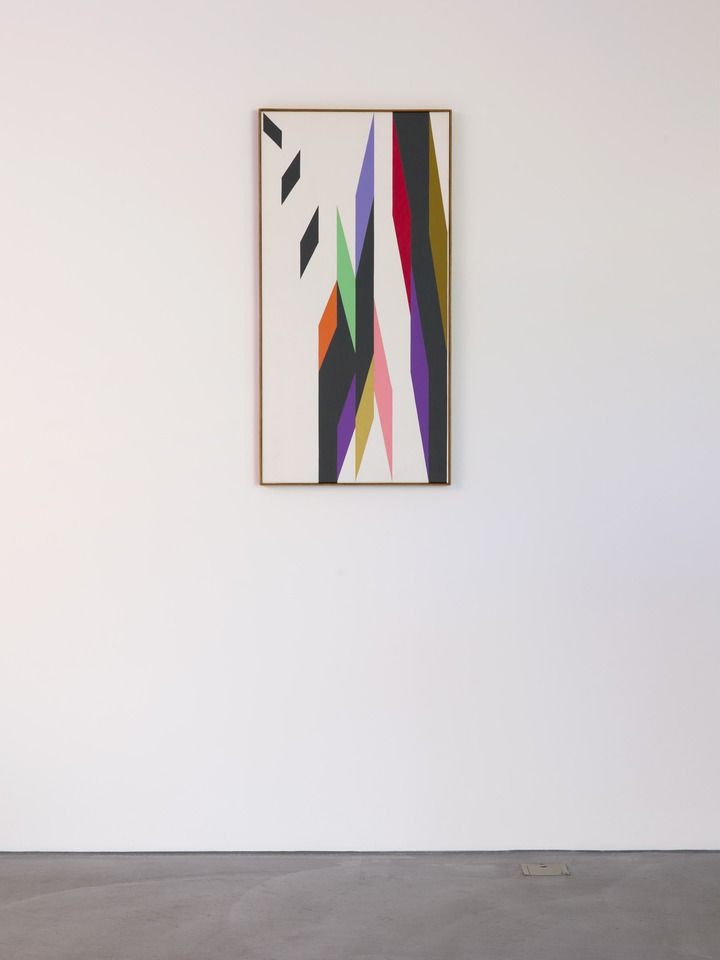
Verena Loewensberg
Untitled, 1956
Oil on canvas
101 x 51 cm
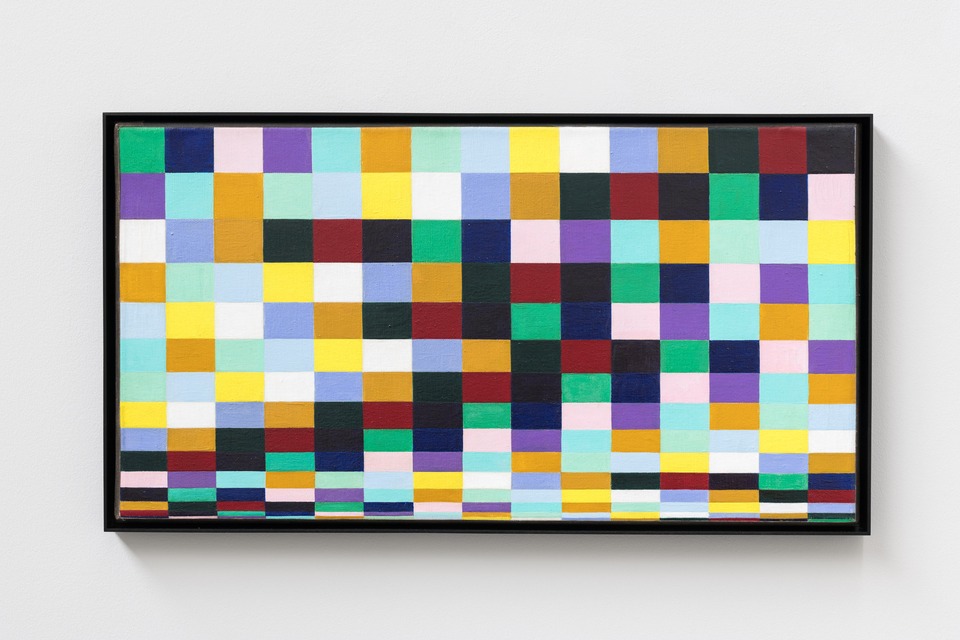
Richard Paul Lohse
15 systematische Farbrähen in 15 sich wiederholenden Tönen, 1950-1956
Oil on canvas
45 x 90 cm

Sophie Taeuber-Arp
Six Espaces Distinct , 1939
Oil on canvas
65 x 88 cm
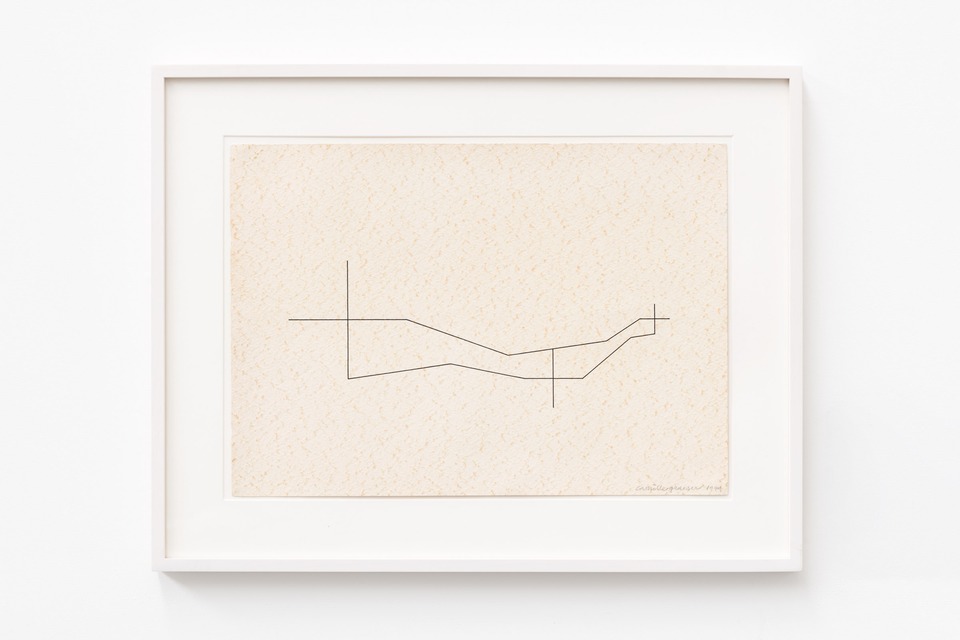
Camille Graeser
Zartes Lineament, 1949
Ink on structured watercolour paper
36 x 50 cm (unframed)
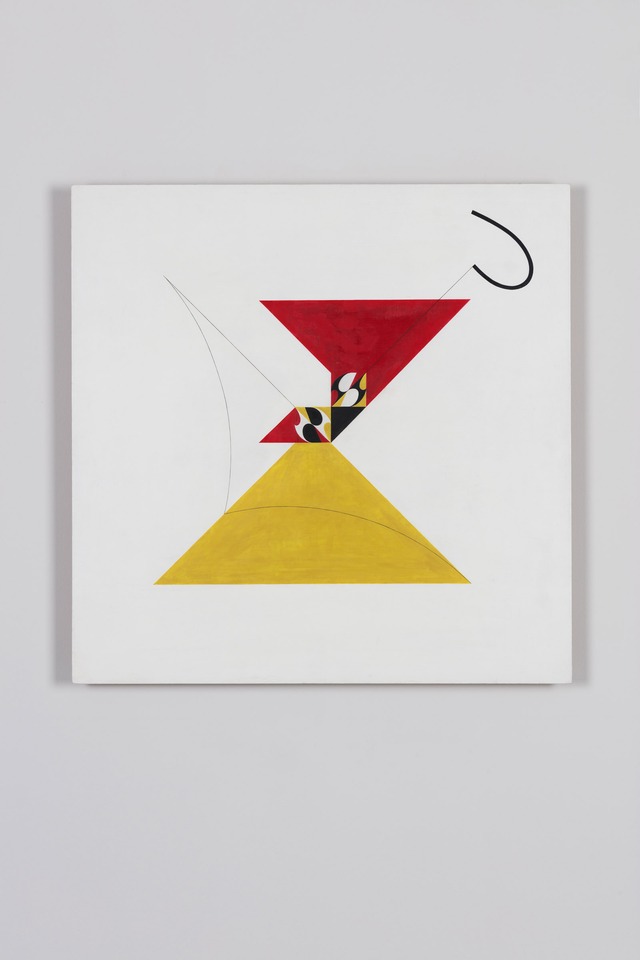
Richard Paul Lohse
Dynamische Konstruktion, 1942
Oil on cardboard mounted on pavatex
90.2 x 90.2 cm
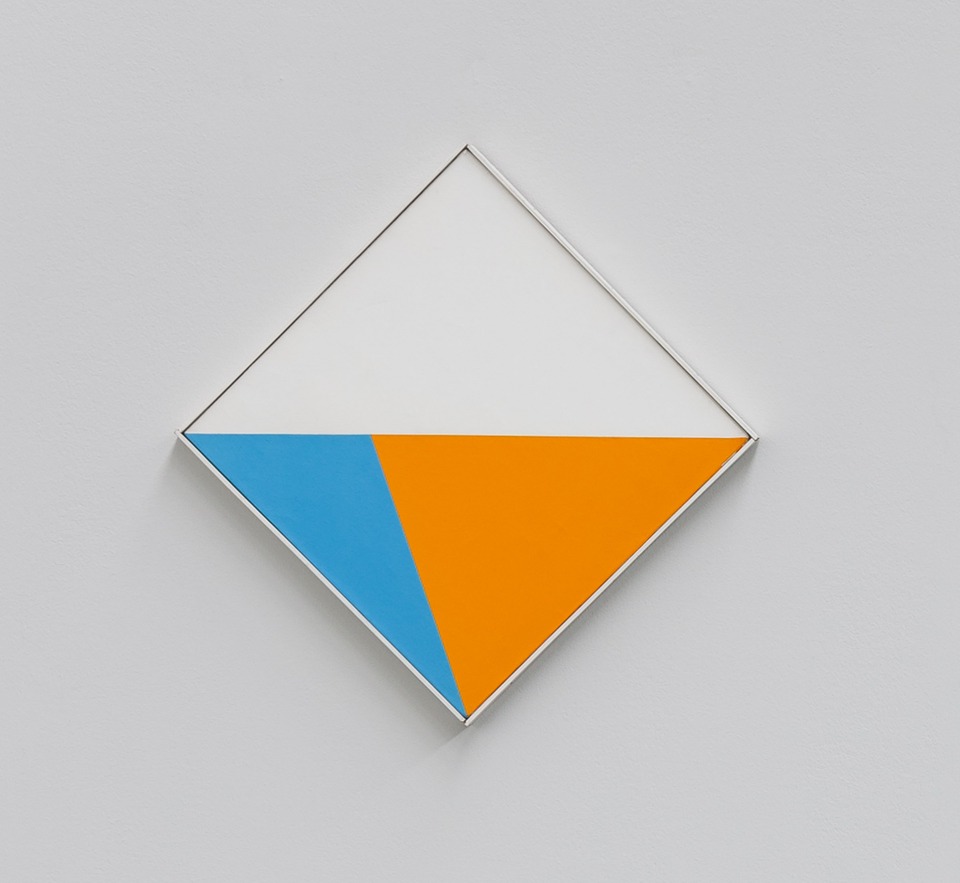
Max Bill
2:4:6, 1960
Oil on canvas
42 x 42 cm (framed)